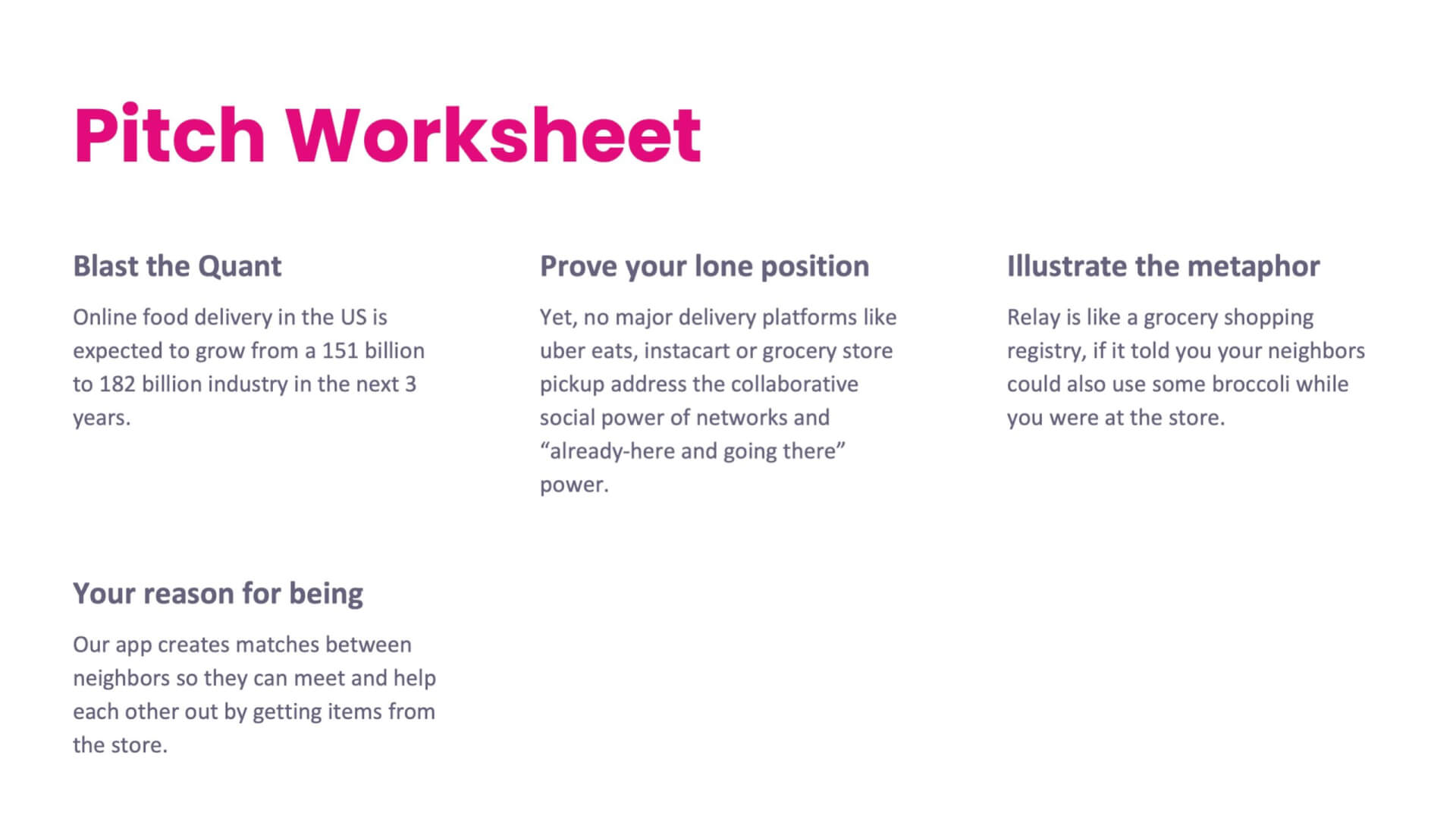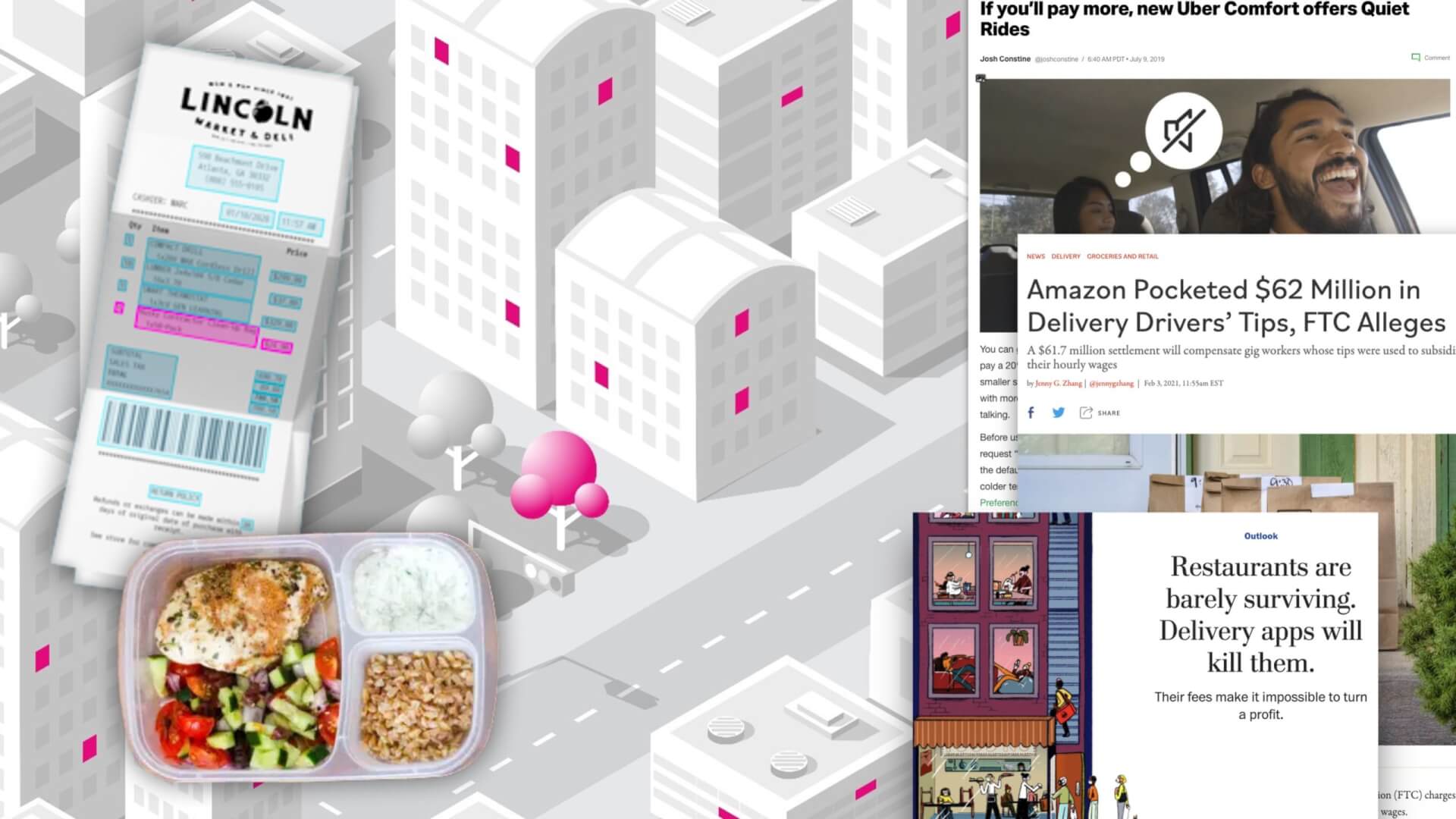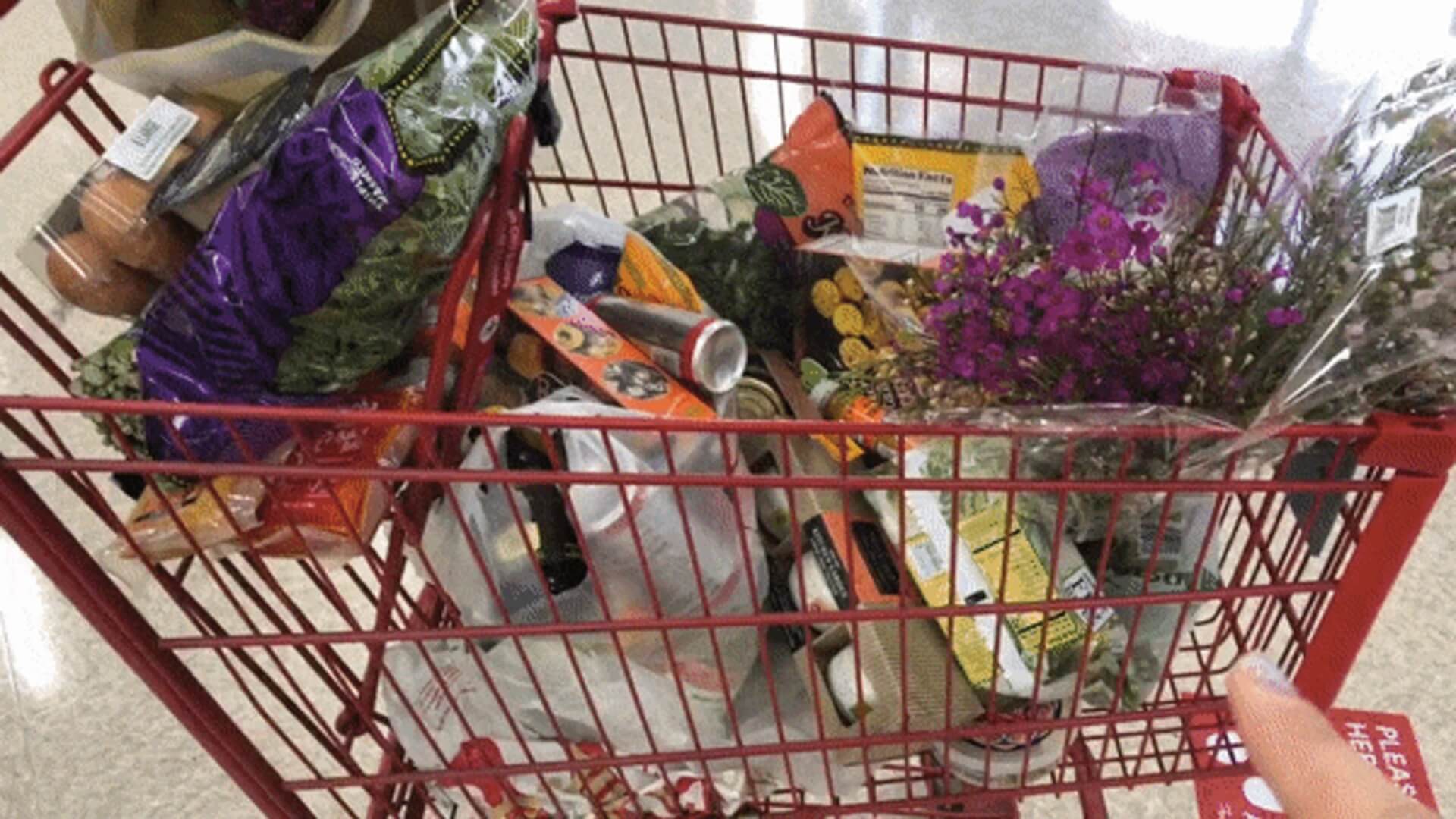Isolation, amplified by the pandemic, is not a new problem.
We live our lives, dictated by the design of the world and AI.

A human-less way of receiving packages
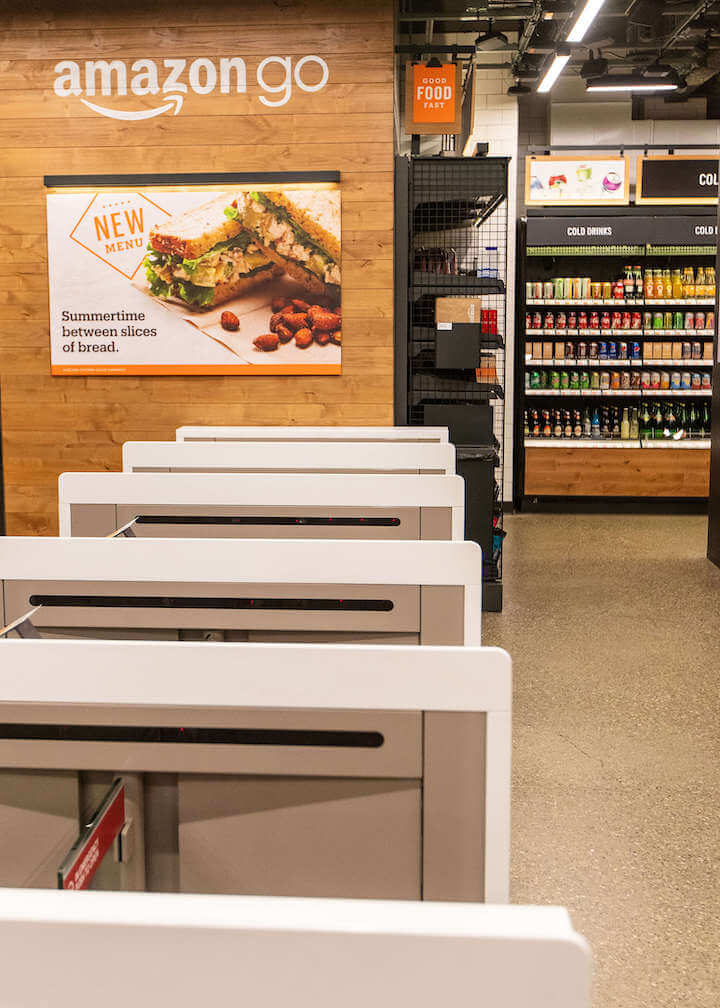
A human-less grocery store
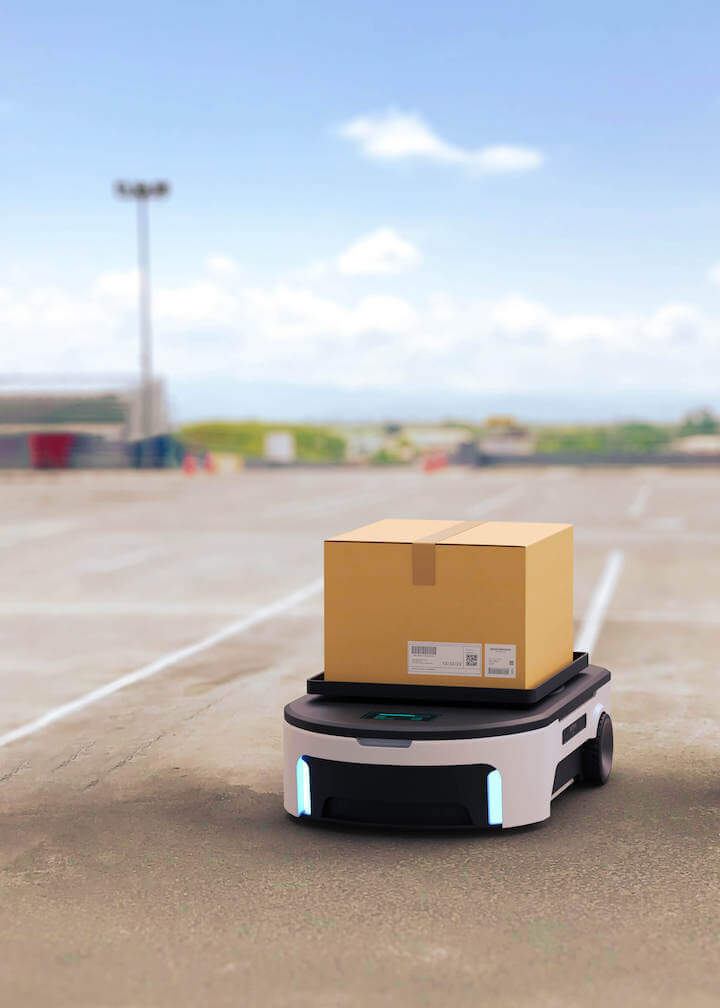
A human-less delivery to your door
In the name of cutting costs, "we" have created a reality where it isn't necessary, possible, easy to talk to another human being
Relay is an AI-driven platform to connect us with our neighbors through acts of service and facilitate human connection
Relay
The things you need, brought to you by your community. AI analyzes typical movement patterns to help facilitate non-wasteful transfer and conversation.
#MachineLearning #SocialConnection
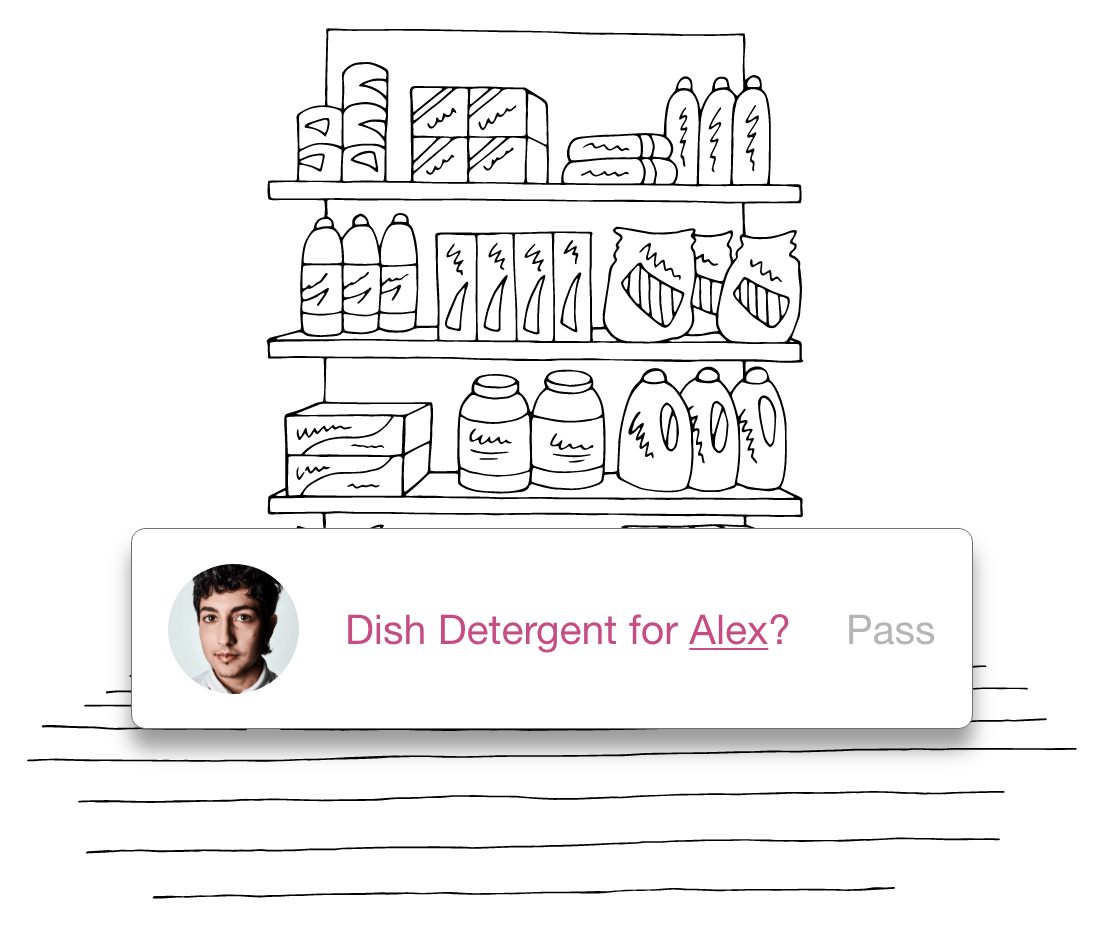
Core Team
Dillon Chi (UX), Brian Boyle (Advisor)
My Role
User Research, Human-Centered Design, Visual Design, Interviews, Wireframing, User Interface Design
Demo
Competitive Analysis
I wanted to learn more about the features that other "last-mile delivery" have to create trust and how they protected human energy, whether that be of the recipients or contractors.
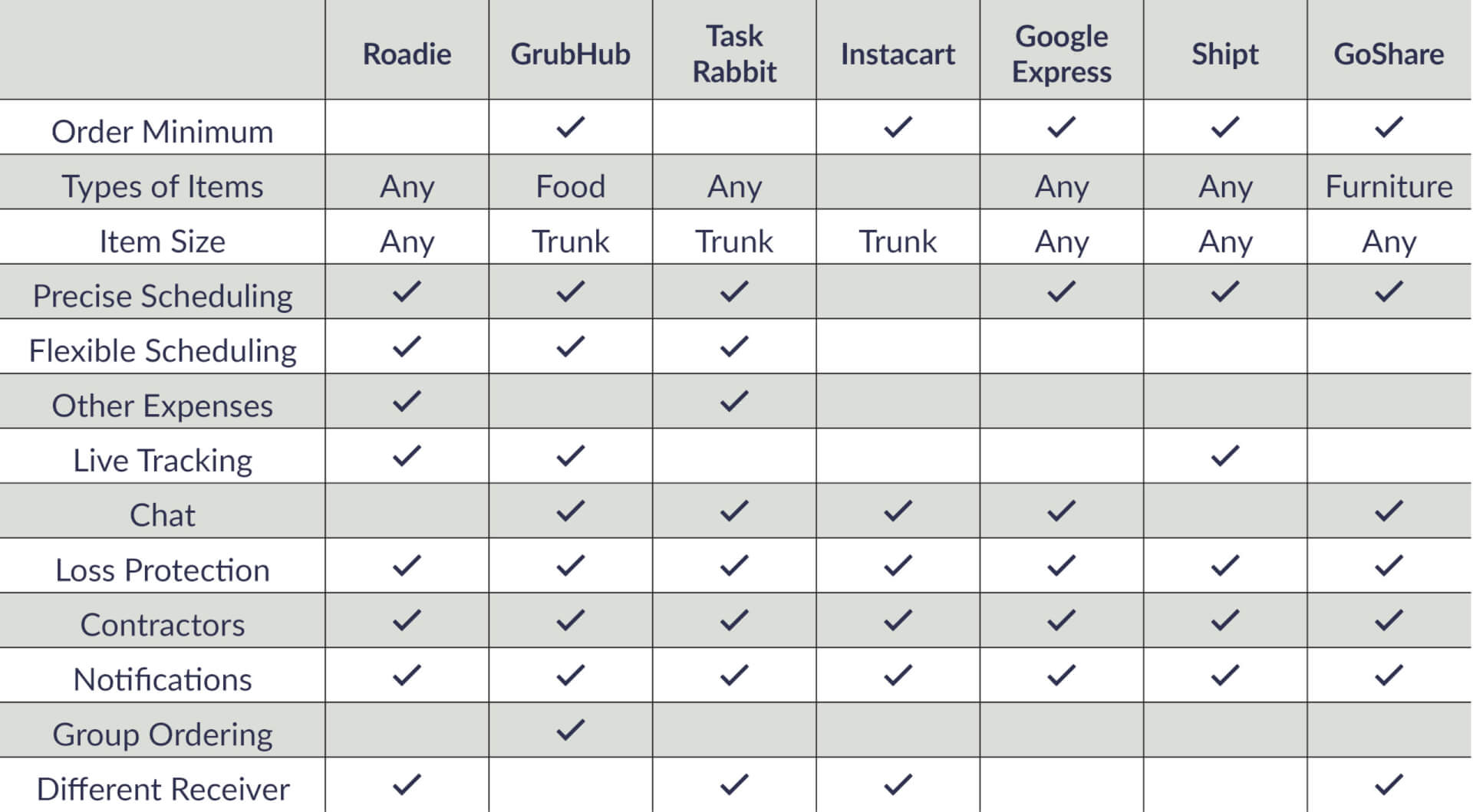
Early Concept Validation and Clarification
Goal:
First, I conducted some interviews to test our assumptions such as, what people were willing to pick up for their family vs coworkers vs strangers, and where and how they would want to rendezvous.
Quotes:
"Most of the things that I need are not sold online or are sold in quantities that I do not need."
I don’t use delivery service because I feel that most exploit the laws regarding contractors.
“It is really costly having to run the store for a specific paper when you only can uber”
Insights:
Shopping online forces users to buy larger quantities of items.
Concern for contractor "exploitation"
Brick and Mortars will sometimes carry niche products.
Contextual Research
Goal:
I wanted to learn how people prepared, picked, and purchased things for themselves and others, so I followed three people on their trips to a grocery store, home improvement store, and farmers market.

Grocery Store:
Shopping online forces users to buy larger quantities of items.
Concern for contractor "exploitation"
Brick and Mortars will sometimes carry niche products.
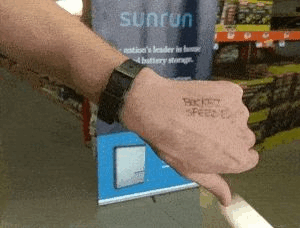
Hardware Store:
Shopping online forces users to buy larger quantities of items.
Concern for contractor "exploitation"
Brick and Mortars will sometimes carry niche products.
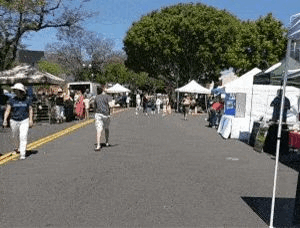
Farmers Market:
Shopping online forces users to buy larger quantities of items.
Concern for contractor "exploitation"
Brick and Mortars will sometimes carry niche products.
User Stories
To confirm features ideated in the previous step I wrote user stories outlining various user journeys based on interviews. I created a variety, from trips to the farmer's market and making an ink run for the office.
User Story Example: This user story shows how someone might know a neighbor needs something from the store that they are at, and let them know that it is on their porch later.
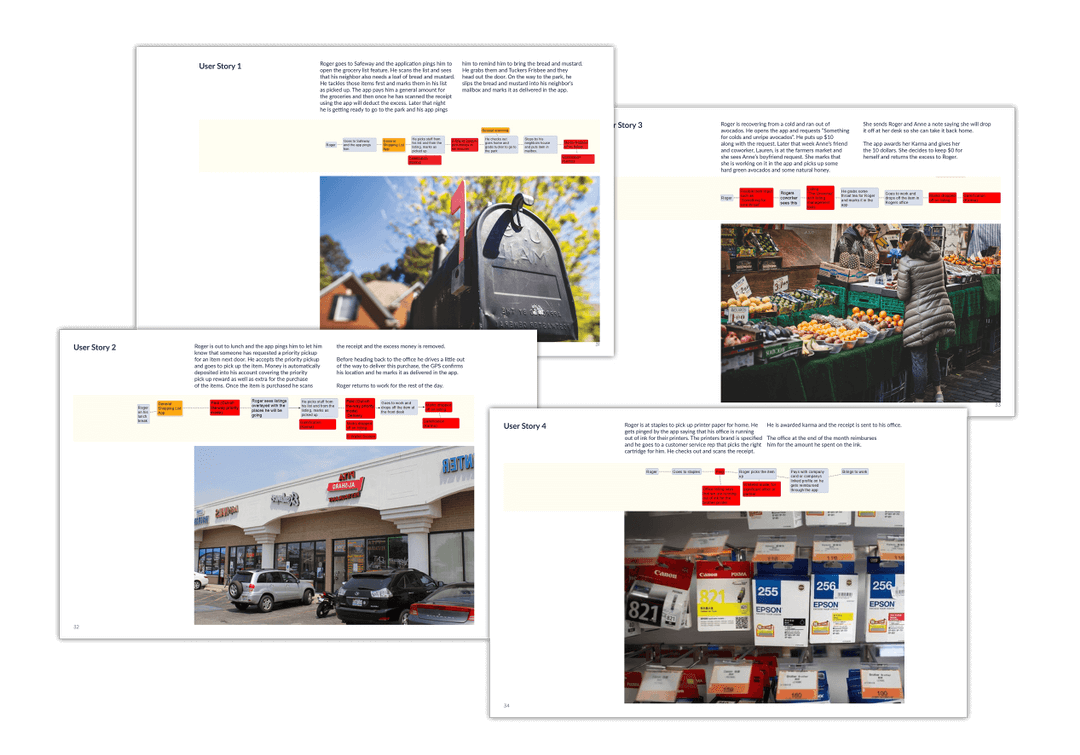
Project Market Decision
From my research and user studies I decided that out of the types of stores that Relay could launch with. It would gain the most traction for the MVP product if it started out with grocery store items and expanded later.
User Journeys (Hybrid Ideation)
I created a set of user journeys like this to combine pain points; item aggregation, reporting, and reminders, and stills from ethnographic research to begin identifying stages of the user flow and where system interventions could be introduced.

Prototype Iteration
After the initial crazy-8 session for various key screens I developed a set for paper prototyping and tested that. Taking the learnings from that weekly I created new flows, below is an example of the iteration I did to improve the flow of adding items to the list, our major challenge was dealing with formatting and amounts.
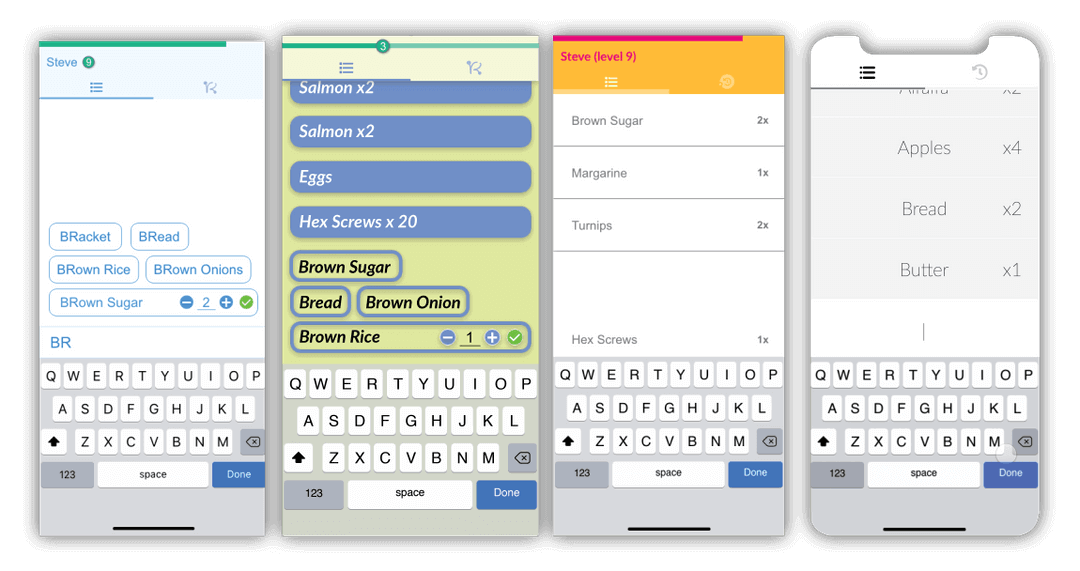
Relay Business Development
Over the course of 14 weeks I developed an extensive business development plan with fleshed out revenue streams, MVP community selection criteria, tech stack costs and revenue models for year 1, 2, and 3. In addition I created and executed a plan to test Relay in the real world along with marketing plans.
Relay Project Takeaways
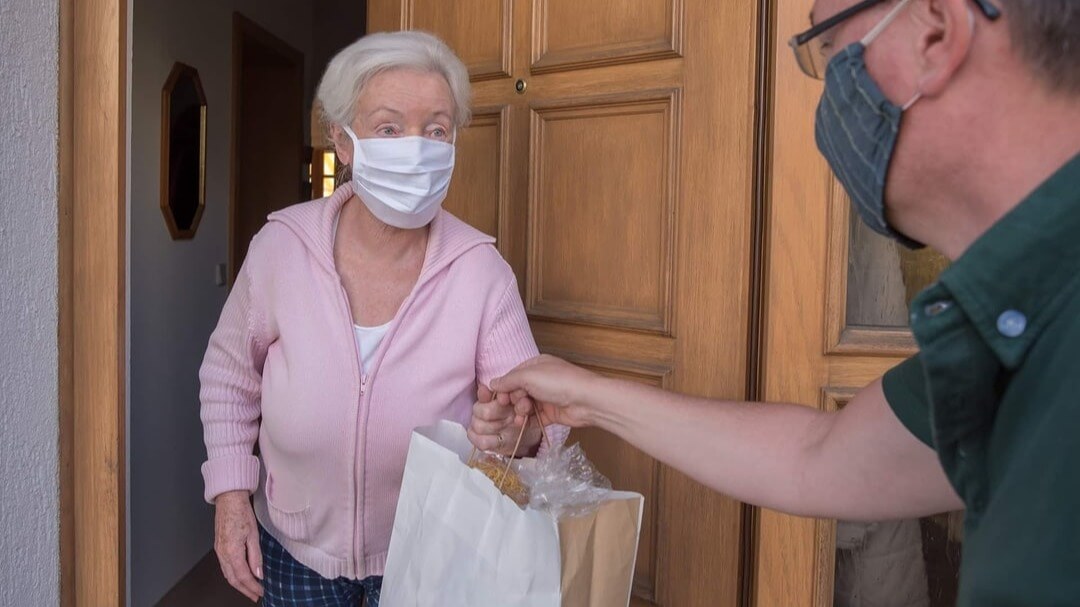
Conclusion:
At the height of the pandemic in Q1 of 2020 through a small amount of funding ran a wizard of oz prototype of relay with 8 shoppers. The shopping paradigm that I had initially designed Relay for had changed. Shoppers were no longer making multiple trips to multiple stores, instead most preferred to go to a single store. Knowing that this will most likely change back after the pandemic, this customer segment will join the early adopters - local governments and community organizations such as Meals on Wheels.
Micro-Interactions
- Looking back, I know I jumped into using ProtoPie way too early, I did it because I wanted to learn the software and Adobe XD's Autoanimate "hacking" wasn't doing it for me.
- The bright side of this was the ability to user-test and explore different code-based interactions to see how some of it would actually work.
Ethnographic Research
- Research should be conducted in video format to eliminate bias in data collection of "importance"
- Following users around while they were shopping and digesting this information lead to the discovery of use cases previously unknown.
Non-Linear Fidelity
- In doing a few exploratory high-fidelity after the initial low fidelity phase I was able to ideate on more nuanced micro-interactions such as the "structured user input field".
- Staggered Fidelity - I realized through this project that not all pages needed to advance at the same time and could stay at different fidelities throughout iteration.
© Dillon Chi 2024




